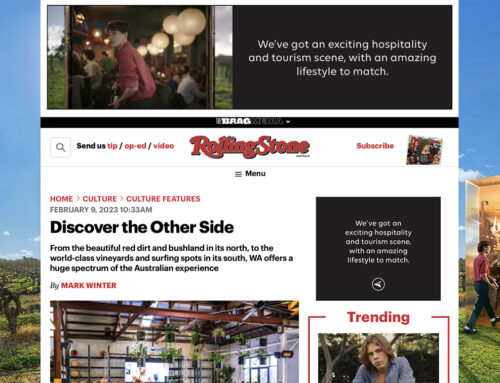After beta testing for the past 10 months with 5% of The Guardian’s audience able to view the test site and provide feedback – the new site has culminated into a new way of thinking – the death of the homepage as we know it.
Director of digital strategy for The Guardian, Wolfgang Blau, says: “The whole idea of a homepage is broken really if you look at what’s out there.” Referencing news sites around the world, he says typically the publications use a form of ‘zoning’ where the layout is similar to a newspaper, for example business, finance, culture then sport.
As most of the site’s audience come to articles through channels such as social media, other websites or image galleries, Blau said they needed to start thinking about how every page could operate like a homepage.
“What our creative director and his team have done is they’ve built a system where this whole grid is incredibly flexible.”
Each of the containers can be moved around, giving an easy way to assign importance to stories, instead of just throwing a list at a reader.
“That’s one strong reason that we had to do this, to become a proper breaking news site without hiding the enormous other strengths The Guardian has,” says Blau.
You can’t relaunch anything technical these days without thinking about mobile, and with 53% of The Guardian’s traffic coming from mobile devices McClelland says they had to “future-proof” the site.
He says: “We’ve seen over the past four or five years this dramatic shift of how people are consuming news on devices and where they are, what they’re doing, so I think one of the fundamental changes is our responsive site. It works on multiple devices.”
Guardian continues to be the 6th largest news site in Australia.





